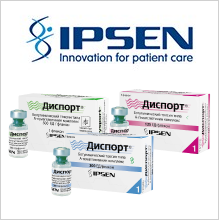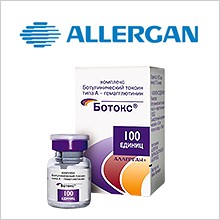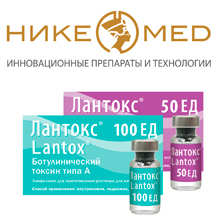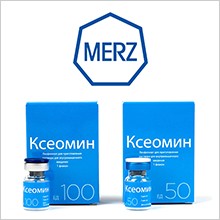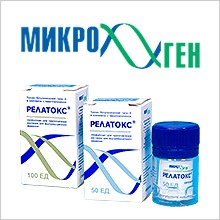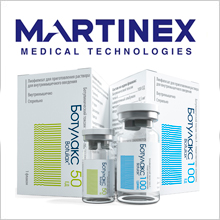Библиотека специалиста
The effect of botulinum neurotoxin type A (BoNTA) on glutamate-evoked temporalis muscle pain and vasomotor responses was investigated in healthy men and women over a 60 day time course. Subjects participated in a pre-BoNTA session where their responses to injection of glutamate (1 M, 0.2 mL) and saline (0.2 mL) into the temporalis muscles were assessed. On Day 1, BoNTA (5 U) was injected into one temporalis muscle and saline into the contralateral temporalis muscle, in a randomized order. Subjects then received intramuscular injections of glutamate (1 M, 0.2 mL) into the left and right temporalis muscles at 3 h and subsequently 7, 30 and 60 days post-injection of BoNTA.
Pain intensity, pain area, and neurogenic inflammation (skin temperature and skin blood perfusion) were recorded. Prior to BoNTA treatment, glutamate evoked significantly greater pain and vasomotor reactions (P < 0.001) than saline. BoNTA significantly reduced glutamate-evoked pain intensity (P < 0.05), pain area (P < 0.01), skin blood perfusion (P < 0.05), and skin temperature (P < 0.001). The inhibitory effect of BoNTA was present at 3 h after injection, peaked after 7 days and returned to baseline by 60 days.
Botulinum neurotoxin type A (BoNT/A) is the active substance in preparations used for the highly effective treatment of neurologic disorders such as cervical dystonia, blepharospasm, or spasticity, as well as other indications such as axillary and palmar hyperhidrosis, and urologic disorders.
To determine the amount of BoNT/A protein present in pharmaceutical preparations of Botox®, Dysport®, and Xeomin®, which are identical with Vistabel®, Azzalure®, and Bocouture®, respectively.
In this study, we examined the effect of botulinum toxin A (BTA) on chronic allergic rhinitis (CAR). We tested the effects of BTA, applied to an intranasal sponge, on patients who had CAR for a minimum of three years and had been treated unsuccessfully with conventional medications.

